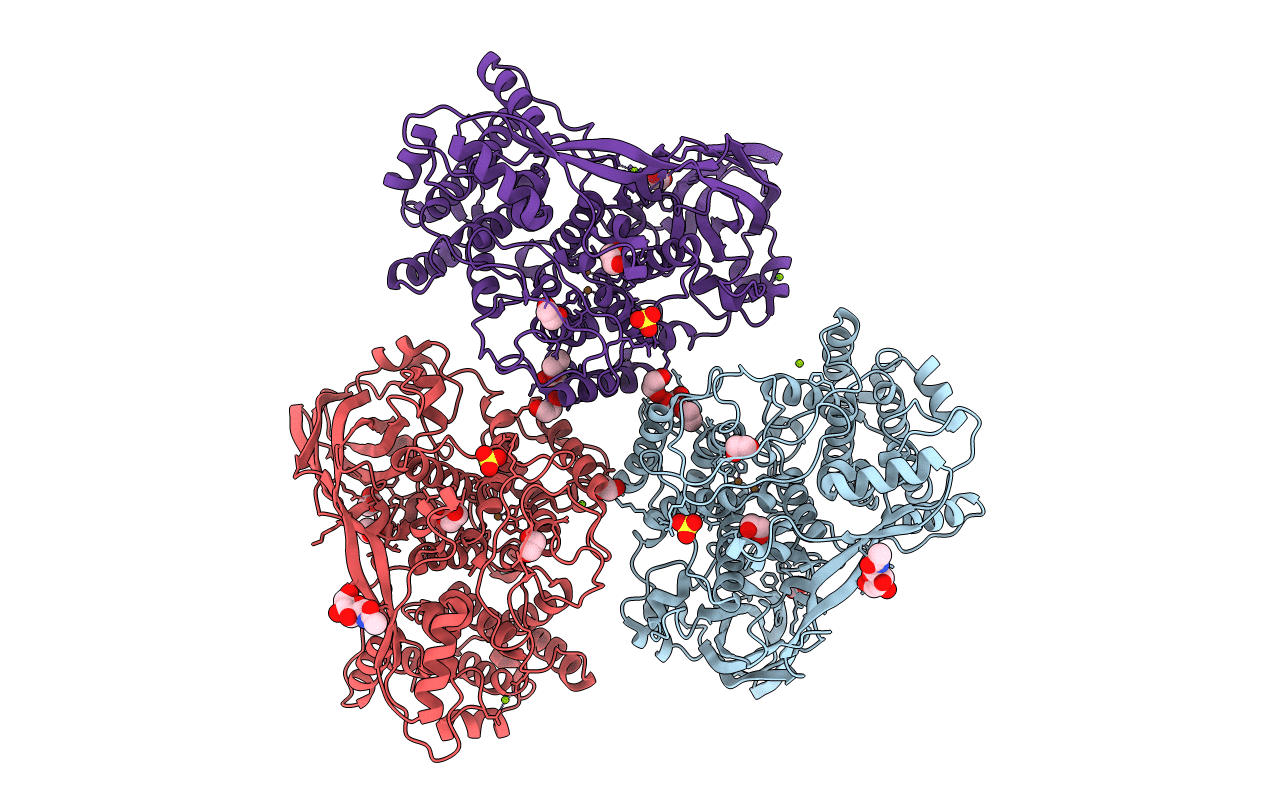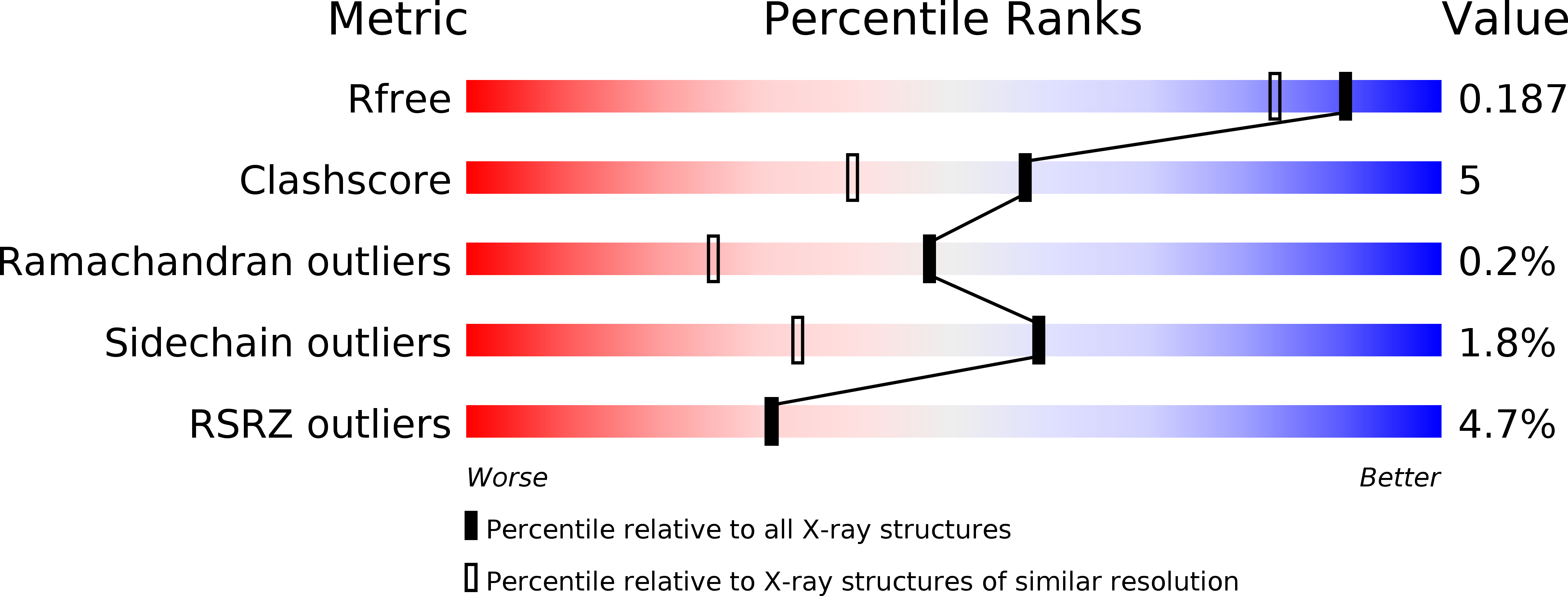
Deposition Date
2019-11-07
Release Date
2020-05-27
Last Version Date
2024-11-20
Entry Detail
PDB ID:
6L8S
Keywords:
Title:
High resolution crystal structure of crustacean hemocyanin.
Biological Source:
Source Organism:
Panulirus japonicus (Taxon ID: 6736)
Method Details:
Experimental Method:
Resolution:
1.58 Å
R-Value Free:
0.18
R-Value Work:
0.14
R-Value Observed:
0.15
Space Group:
C 2 2 21


